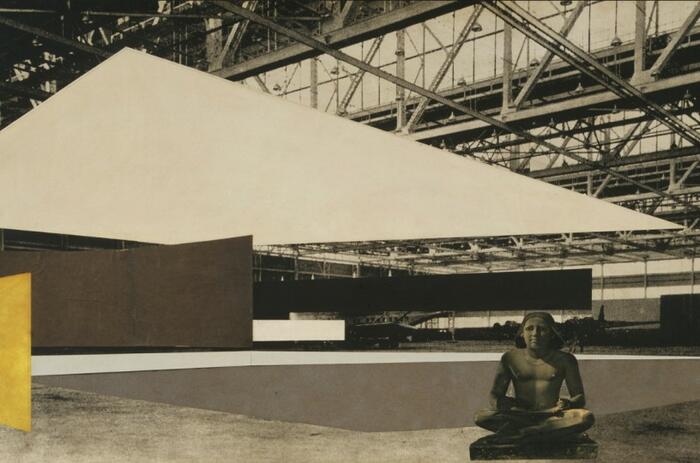EMERGING ECOLOGIES: ARCHITECTURE AND THE RISE OF ENVIRONMENTALISM
The Museum of Modern Art announced Emerging Ecologies: Architecture and the Rise of Environmentalism, an exhibition dedicated to both realized and unrealized projects that address ecological and environmental concerns by architects who practiced in the United States from the 1930s through the 1990s.

Emerging Ecologies features over 150 works that reconstruct how the rise of the environmental movement in the US informed architectural practice and thought. Models, photographs, diagrams, and sketches are placed in context with archival materials such as posters, flyers, and articles to showcase innovative, fantastical, dystopian, and daring architectural projects that sought to navigate the fraught relationship between the built and natural environment.
The exhibition celebrates the path-breaking environmentally conscious work of architects like Emilio Ambasz, Charles and Ray Eames, and Frank Lloyd Wright, while shining a light on many less familiar, historically significant practices like The New Alchemy Institute, Glen Small, and Mária Telkes. Seven newly commissioned audio recordings that draw inspiration from these little-known projects will feature contemporary practitioners—Mae-ling Lokko, Jeanne Gang, Meredith Gaglio, Charlotte Malterre-Barthes, Amy Chester, Carolyn Dry, and Emilio Ambasz—sharing their thoughts on what contemporary architects can do to mitigate against climate change. By highlighting projects that both foreshadowed and anticipated the ecological effects of overpopulation, the depletion of natural resources, and rampant industrial pollution, the exhibition looks to the past to suggest solutions for the future.
Emerging Ecologies presents projects in five thematic groupings that illustrate the development of environmental thinking in architecture: Environment as Information; Environmental Enclosures; Multispecies Design; Counterculture Experiments; and Green Poetics. The exhibition will highlight several different approaches proposed by architects from the 1930s through the 1990s, beginning with an introduction that includes a model of Frank Lloyd Wright’s Fallingwater, Edgar J. Kaufmann House, Mill Run, Pennsylvania (1934–37), which was built before the rise of environmentalism but served as a key inspiration in the pursuit to build in concert with natural systems. This introduction also considers key moments in the history of environmental justice as acts of architecture. Archival materials, including posters and photographs from the Orme Dam Protest March in 1981, are presented to emphasize that preventing a structure from being built is as much an act of architecture as building one. Ten years of protests by the Fort McDowell Yavapai Nation stopped the construction of the Orme Dam, which would have flooded more than half of their reservation and destroyed the habitat of many species, including the bald eagle.







